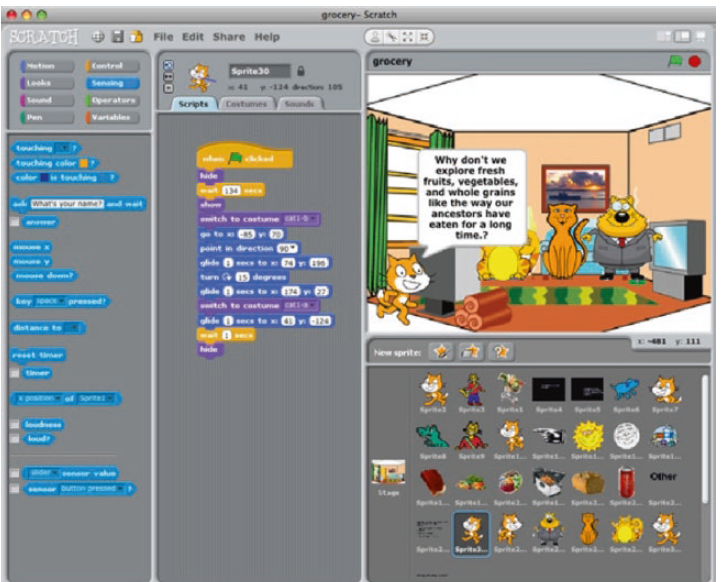Link to the e-book: Ancestral Knowledge Meets Computer Science Education | SpringerLink
 I found about this book from our colleague Laura Ulrich. Thank you, Laura, for this outstanding resource. Sandoval (2019) presents a three-year research journey in which she worked closely with “Mr. Adams”, a teacher of European-descent, to explore intersections between computer science (CS) and ancestral knowledge across the school and non-school contexts. The introductory chapter introduces a new conception, “Ancestral Computing,” that investigates how to solve complex problems using socio-cultural and historical ecosystem approaches; thus, the connection was grounded in a robust and non-trivial community orientation. Sandoval (2019) argues thoroughly that computer science is one of the most segregated fields in education towards the experiences of Indigenous Peoples. She urges that Indigenous struggles must be at the center of knowledge production in computer science in order to create a sustainable and just world of producers and consumers. It key to note that Sandoval (2019) doesn’t reject technology in its totality; instead, she nurtures the interweaving of the two seemingly disparate worlds through Ancestral Computing. The formula is presented as follows:
I found about this book from our colleague Laura Ulrich. Thank you, Laura, for this outstanding resource. Sandoval (2019) presents a three-year research journey in which she worked closely with “Mr. Adams”, a teacher of European-descent, to explore intersections between computer science (CS) and ancestral knowledge across the school and non-school contexts. The introductory chapter introduces a new conception, “Ancestral Computing,” that investigates how to solve complex problems using socio-cultural and historical ecosystem approaches; thus, the connection was grounded in a robust and non-trivial community orientation. Sandoval (2019) argues thoroughly that computer science is one of the most segregated fields in education towards the experiences of Indigenous Peoples. She urges that Indigenous struggles must be at the center of knowledge production in computer science in order to create a sustainable and just world of producers and consumers. It key to note that Sandoval (2019) doesn’t reject technology in its totality; instead, she nurtures the interweaving of the two seemingly disparate worlds through Ancestral Computing. The formula is presented as follows:
| “Ancestral Praxis + Critical Computer Science Education = Social Transformation” (Sandoval, 2019, p.61) |
I was highly drawn to the learning journey of a high school student of Mesoamerican descent, Itzel, as she travels through the two worlds within the schooling spatial context of El Seren. Chapter five details throughout Itzel’s participation how a student-led initiative can bring ancestral praxis with computing for social change (see the artifact that Izel and her partner Audrey did throughout the learning process). The journey continues as Itzel enrolled at the University of California and declares Communications as her major and Computer Science as her minor area of focus. When Itzel returned home, she decided to give back to her community and support Mr. Adams and his students to understand programming more (i.e., using the pre-existing cultural capital that exists within her local communities) (Sandoval, 2019).

A Screen capture of the “Scratch final project, Itzel and her partner Audrey, ancestral foodways, DietSens, 2011” (Sandoval, 2019, p.144).
I will definitely employ this “healing” journey so -called in my final project as a space for resistance and hope; it successfully resists colonialism and bridges the persistent divide between ancestral knowledge systems and Eurocentric epistemologies towards dignity and imagining an equitable educational world in and for Indigenous communities (Sandoval, 2019).
Reference:
- Sandoval, C. D. M., SpringerLink (Online service), & Springer Education eBooks 2019 English/International. (2019). Ancestral knowledge meets computer science education: Environmental change in community (1st 2019. ed.). Palgrave Macmillan US.